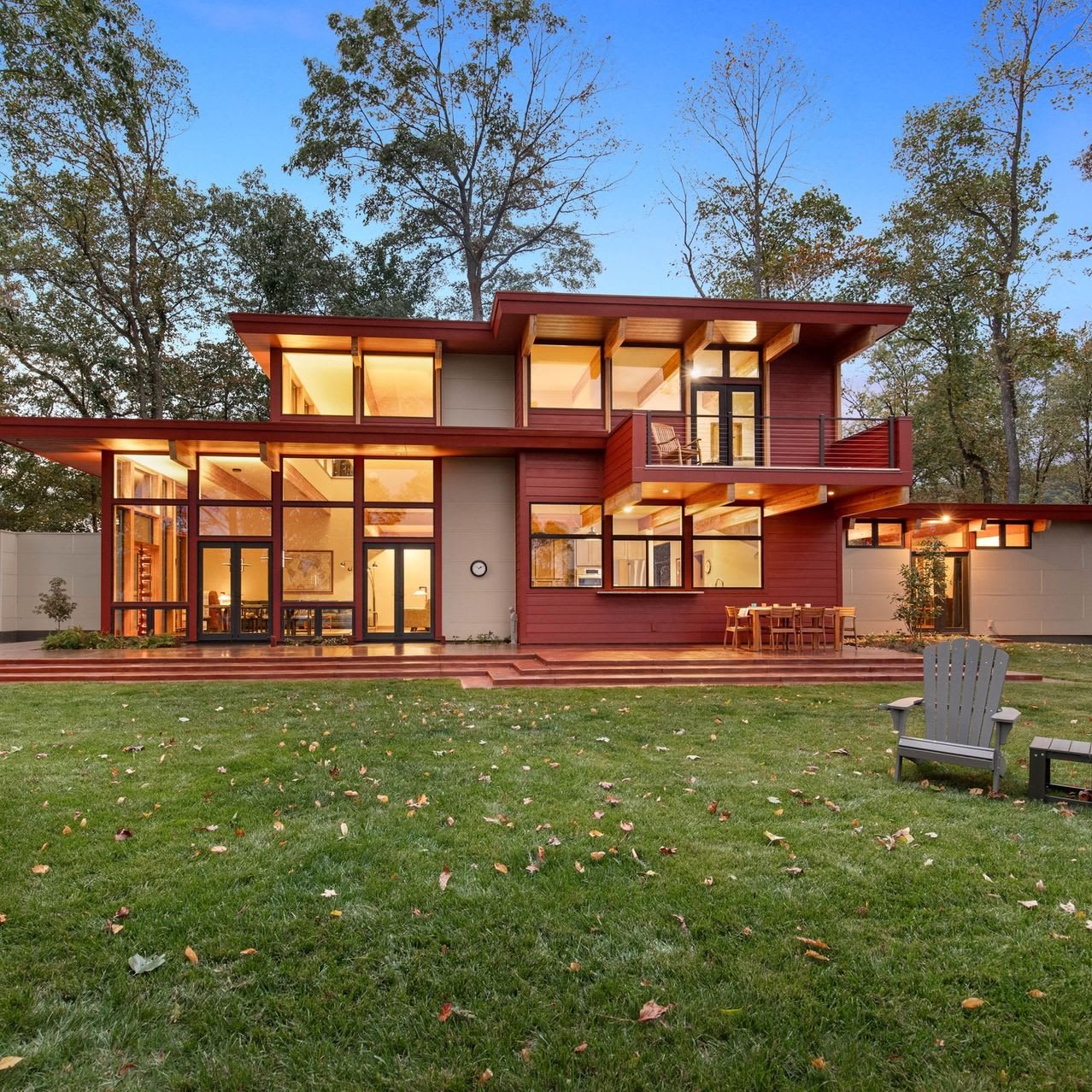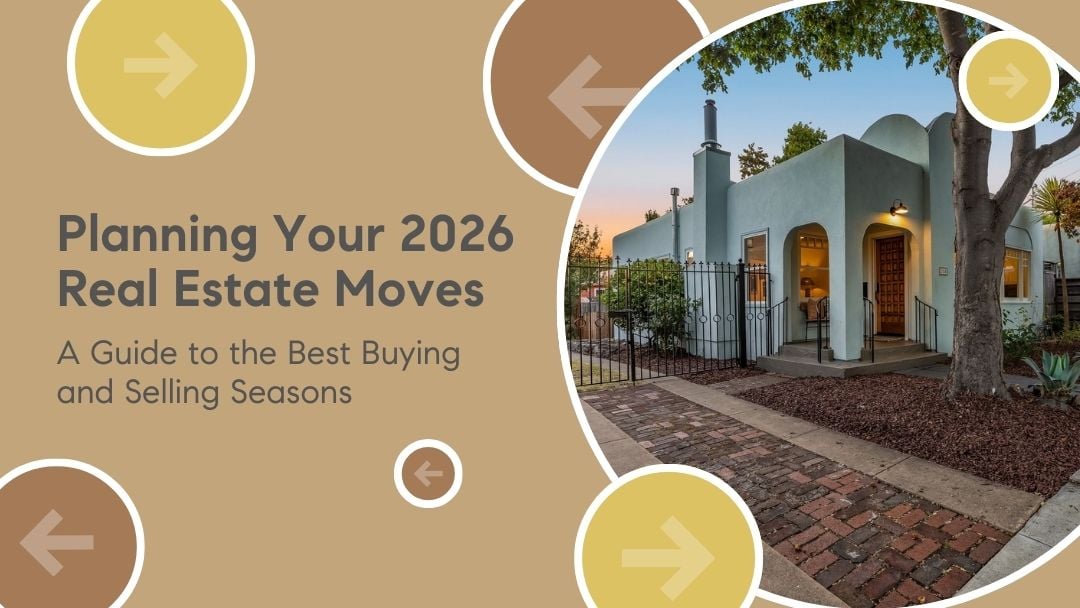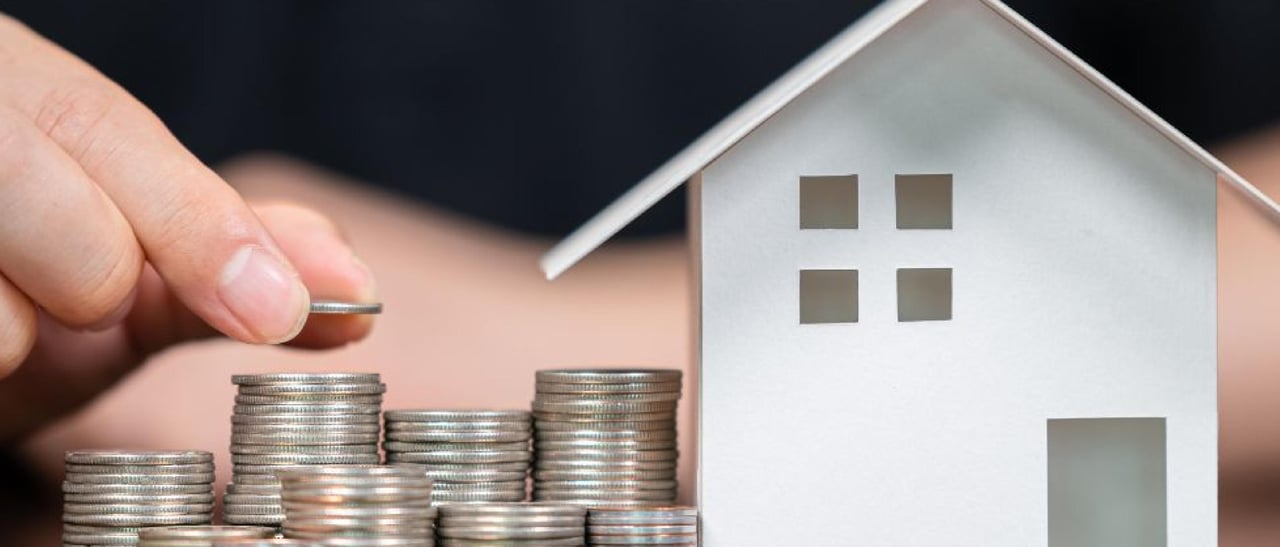Build Your Own Frank Lloyd Wright Home
Real Estate

Real Estate

If you've ever dreamt of living in a home designed by one of the greatest architects of the 20th century, your dream is now within reach. Frank Lloyd Wright's iconic midcentury modern designs are back, and they're more accessible than ever. Thanks to a new development in the world of architecture, you can now build your own Frank Lloyd Wright home from easy-to-assemble kits. Here's everything you need to know about this exciting opportunity.
Frank Lloyd Wright is celebrated for his groundbreaking designs that harmonize with the natural environment. His philosophy of organic architecture, which promotes a seamless integration of buildings with their surroundings, has influenced countless architects and designers. Wright's midcentury modern homes are particularly renowned for their open floor plans, large windows, and use of natural materials.
In a thrilling revival of Wright's architectural legacy, his midcentury modern home designs are now available in kit form. This means you can build a home that stays true to Wright's original vision, but with the convenience and efficiency of modern construction methods. These kits are designed to be easy to assemble, making Wright's iconic designs accessible to a new generation of homeowners and architecture enthusiasts.
Wright's designs are timeless, combining aesthetic beauty with functional living spaces. His homes are known for their clean lines, open spaces, and a strong connection to nature. By choosing a Frank Lloyd Wright kit home, you're investing in a design that will never go out of style.
Wright was ahead of his time in promoting sustainable building practices. His designs often incorporated local materials and were carefully planned to minimize environmental impact. Today, these principles are more relevant than ever. Building a Wright-designed kit home allows you to embrace sustainability in your living space.
The kit homes are designed for easy assembly, reducing the time and cost associated with traditional home building. Each kit comes with detailed instructions and all the materials needed, streamlining the construction process. This approach not only saves time but also reduces waste, further enhancing the sustainability of your new home.
While the kits are based on Wright's original designs, there is room for customization to suit your personal preferences and needs. You can choose from various layouts and finishes, ensuring that your home reflects your unique style while staying true to Wright's architectural principles.
Each Frank Lloyd Wright kit home comes with comprehensive, step-by-step instructions. These guides are designed to be user-friendly, making the assembly process straightforward even for those with limited construction experience. Additionally, many kit providers offer customer support to assist with any questions or challenges that may arise during the building process.
The kits include pre-cut and pre-fabricated materials, which significantly reduce the complexity of construction. These materials are precision-cut to ensure a perfect fit, minimizing the need for on-site modifications. This not only speeds up the building process but also ensures a high-quality finish that adheres to Wright's original design specifications.
Most kits come with all the necessary tools and equipment required for assembly. This ensures that you have everything you need to get started right away, without the need to purchase additional tools or supplies. From basic hand tools to specialized equipment, the kits are designed to be as inclusive as possible.
For those who prefer professional help, many kit providers offer the option to hire experienced builders who are familiar with Frank Lloyd Wright's designs. This can be particularly beneficial for complex projects or for homeowners who want to ensure that every detail is executed perfectly.
Start by exploring the different Frank Lloyd Wright designs available in kit form. Consider what features are most important to you and how they fit with your lifestyle. Think about the location where you plan to build and how Wright's principles of organic architecture can be applied to your chosen site.
While kit homes can be more cost-effective than traditional builds, it's important to budget for all aspects of the project, including land, permits, and any additional customization. Speak with the kit provider to get a detailed breakdown of costs and explore financing options if needed.
Once you've selected your design and finalized your plans, it's time to assemble your new home. Many kit providers offer support throughout the assembly process, from initial planning to final construction. Whether you're a seasoned DIY enthusiast or new to home building, the clear instructions and support available make it possible to bring a piece of architectural history to life.
Building a Frank Lloyd Wright kit home is more than just a construction project; it's an opportunity to live in a space that embodies the principles of one of the greatest architects in history. By choosing a Wright-designed home, you're not only creating a beautiful and functional living space but also contributing to the preservation and celebration of architectural heritage.
If you're ready to embark on this exciting journey, start exploring the world of Frank Lloyd Wright kit homes today. Embrace the timeless elegance, sustainability, and innovative spirit of Wright's designs, and create a home that truly stands the test of time.
Image Credit: Mark Lloyd’s house near Asheville, N.C., is based on Frank Lloyd Wright’s Bachman-Wilson House, but it has bigger rooms and higher ceilings and substitutes red-painted cement board for mahogany siding and beige-painted cement board for cinder block. MELODY ROBBINS PHOTOGRAPHY/LINDAL CEDAR HOMES
Stay up to date on the latest real estate trends.

Thinking of selling your Silicon Valley home in 2026? December is the perfect time to plan, prep, and strategize for success. Learn why acting early gives you the edge… Read more

Explore the top 3 Silicon Valley neighborhoods that gained the most value in 2025: Old Mountain View, South Palo Alto, and North Los Altos. Learn what drove appreciati… Read more

Selling a home this December? Patrice Horvath shares holiday home staging tips to help you stand out in Silicon Valley’s winter market. From cozy accents to curb appea… Read more

Selling this winter? Use our 4-step home seller’s checklist to list your Silicon Valley home with confidence. Call Patrice Horvath today.

2025 brought continued demand, limited inventory, and rising home values across Mountain View, Palo Alto, and Los Altos. Whether you bought, sold, or stayed put, the y… Read more

Discover how much equity you've gained in 2025. Learn how to use it smartly in Mountain View, Palo Alto & Los Altos. Contact Patrice Horvath today.
You’ve got questions and we can’t wait to answer them.